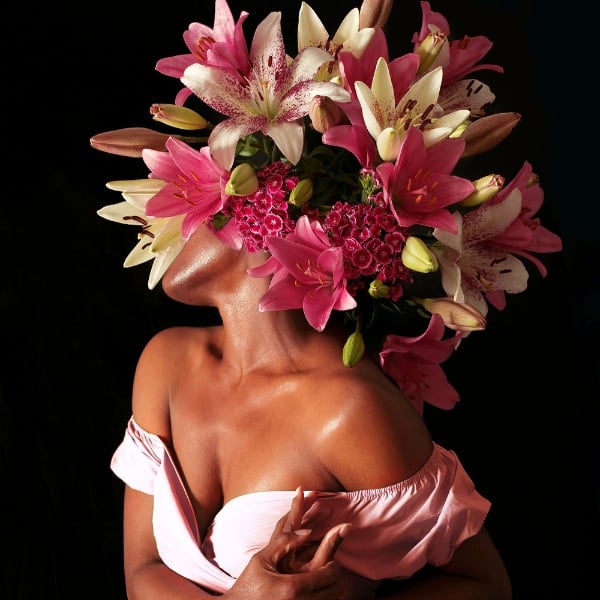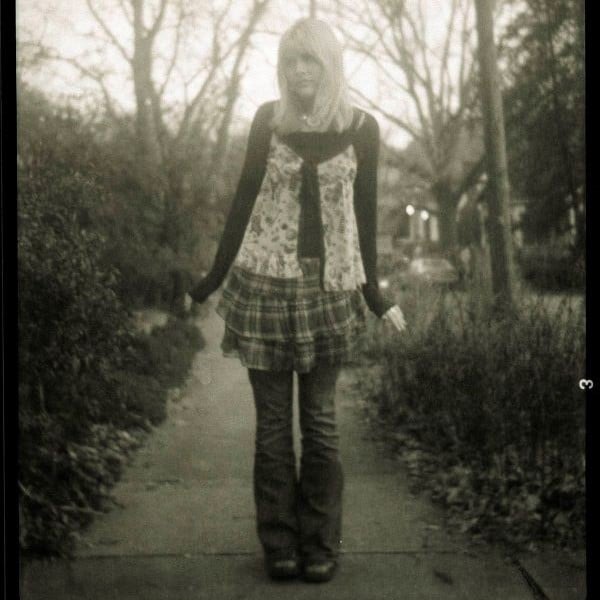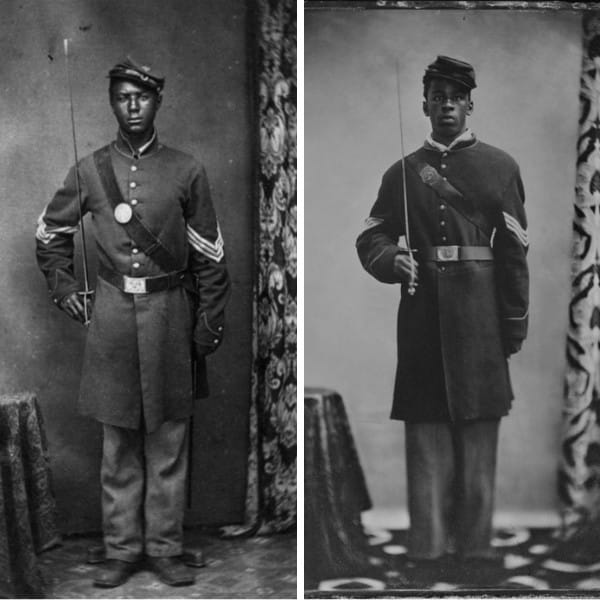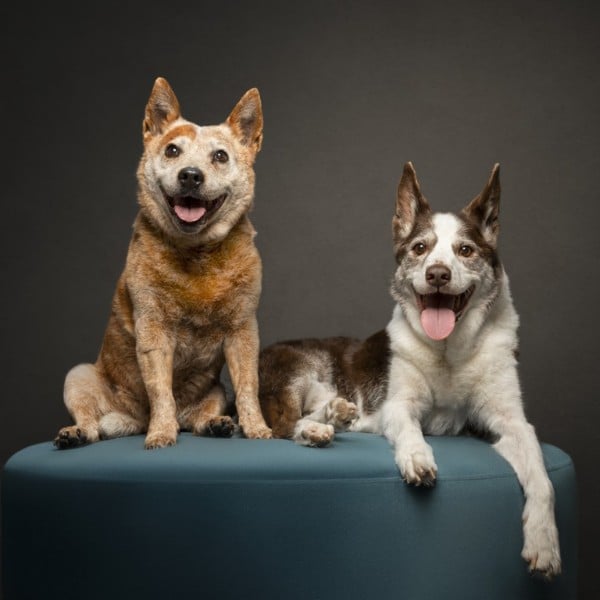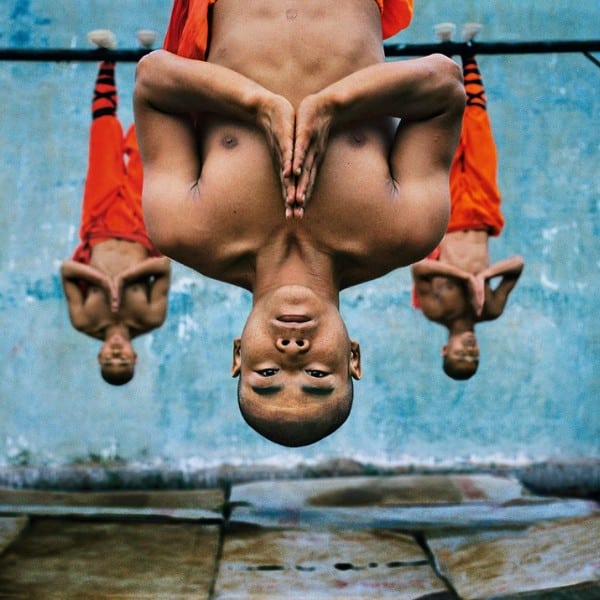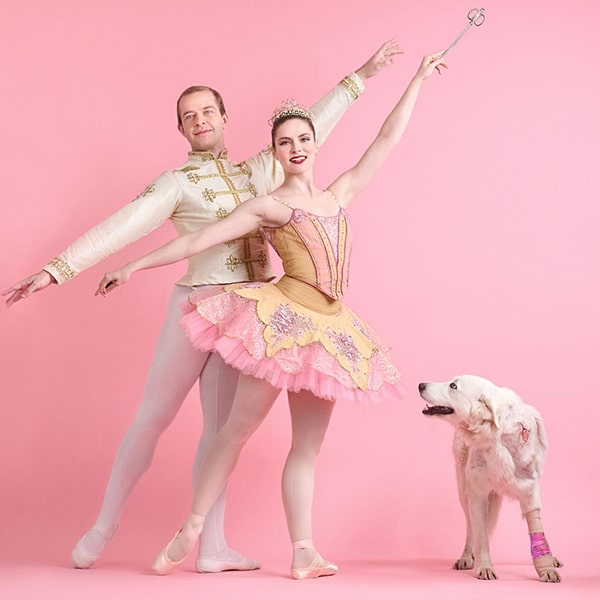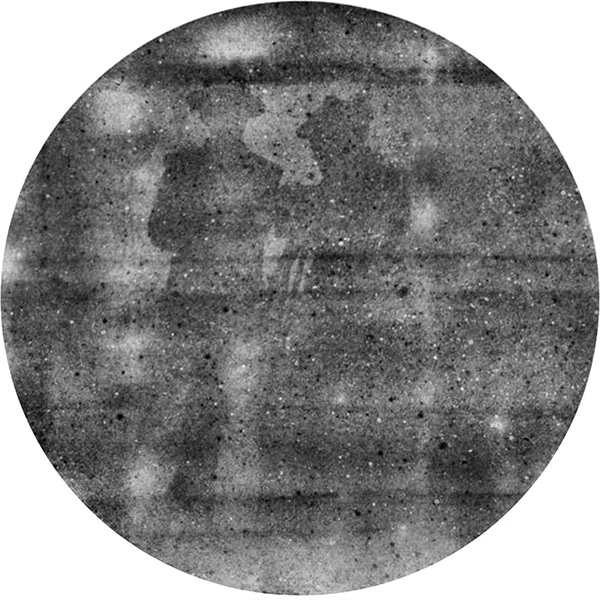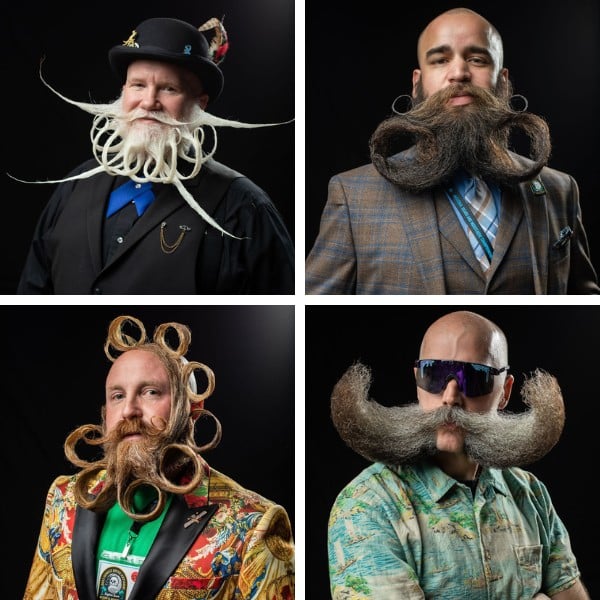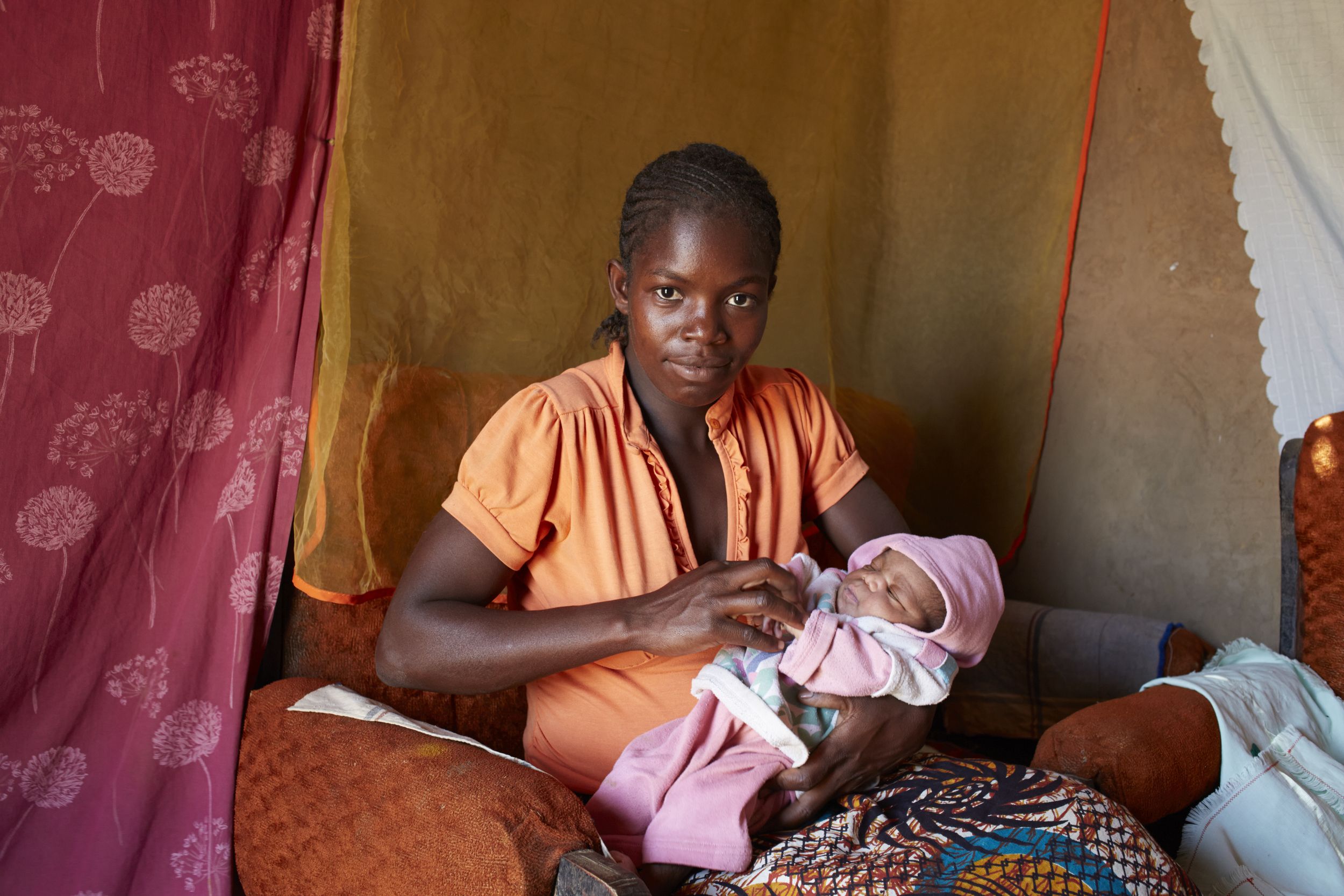
Photographer Jenny Lewis aims to capture the emotion, intimacy, and unparalleled bond that can be found after a baby is born. Within the 24 hours after a delivery, Lewis photographs the pure, genuine relationship that's shared between a mother and her newborn child for her One Day Young series. The artist began this project in the London borough of Hackney and was recently given the opportunity to continue this meaningful venture in Malawi.
In collaboration with the charity WaterAid for their Deliver Life appeal, Lewis spent seven days amongst the families at Simulemba Health Centre. This location serves over 70,000 people and delivers close to 90 babies every month, but they're unable to provide visitors with a clean environment. Since they have no sterilization equipment, no running water, only four toilets, and crumbling bathrooms, expecting mothers not only have to deal with the fear of giving birth–they also have to worry about deadly infections and a worrisome lack of clean water.
To give us a better understanding of her time in Malawi, Lewis was kind enough to answer a few of our questions. Scroll down to read our exclusive interview.
Above: Rita Shaba with Baby Ruth. Photo credit: WaterAid / Jenny Lewis.
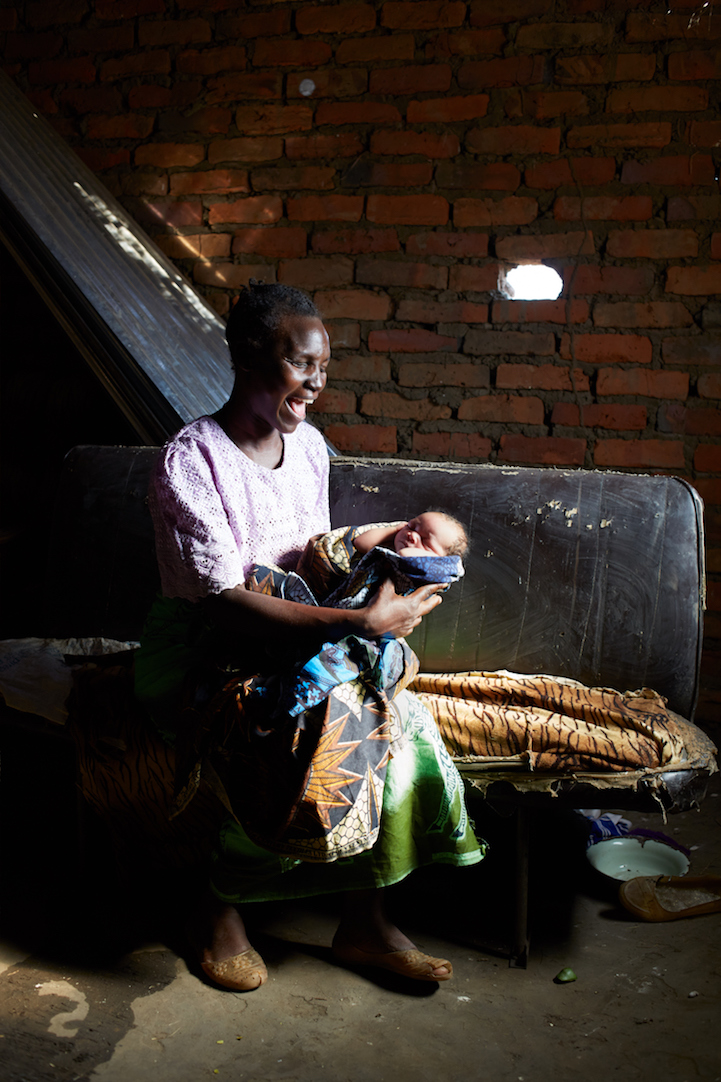
Esther Banda and baby Joyce. Photo credit: WaterAid / Jenny Lewis.
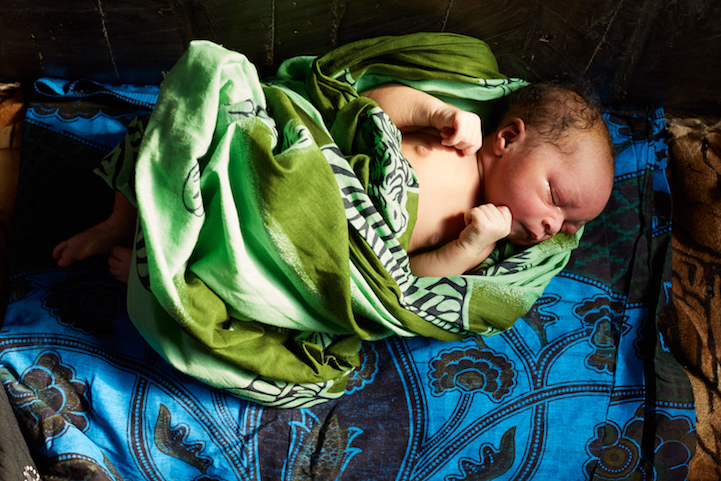
Esther Banda's baby Joyce. Photo credit: WaterAid / Jenny Lewis.

Simulemba Health Centre–guardian shed. Photo credit: WaterAid / Jenny Lewis.
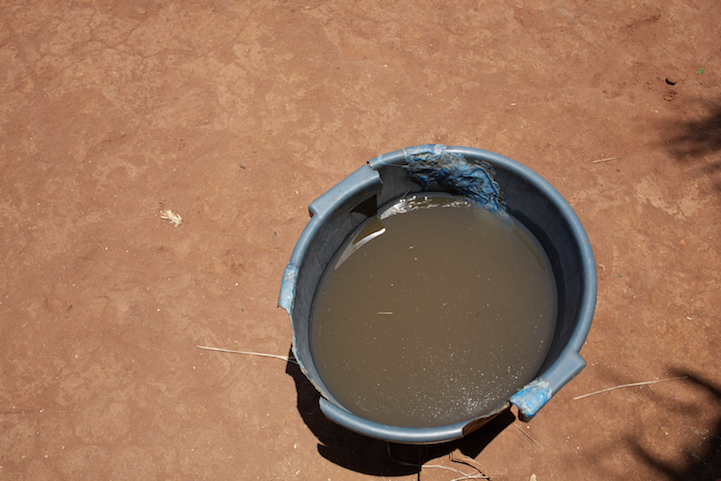
The water at Efrida Phiri's house. Photo credit: WaterAid / Jenny Lewis.

Simulemba Health Centre–delivery room. Photo credit: WaterAid / Jenny Lewis.

Efrida Phiri in labor on the bed, Margaret on the floor as the only other bed is taken. Photo credit: WaterAid / Jenny Lewis.
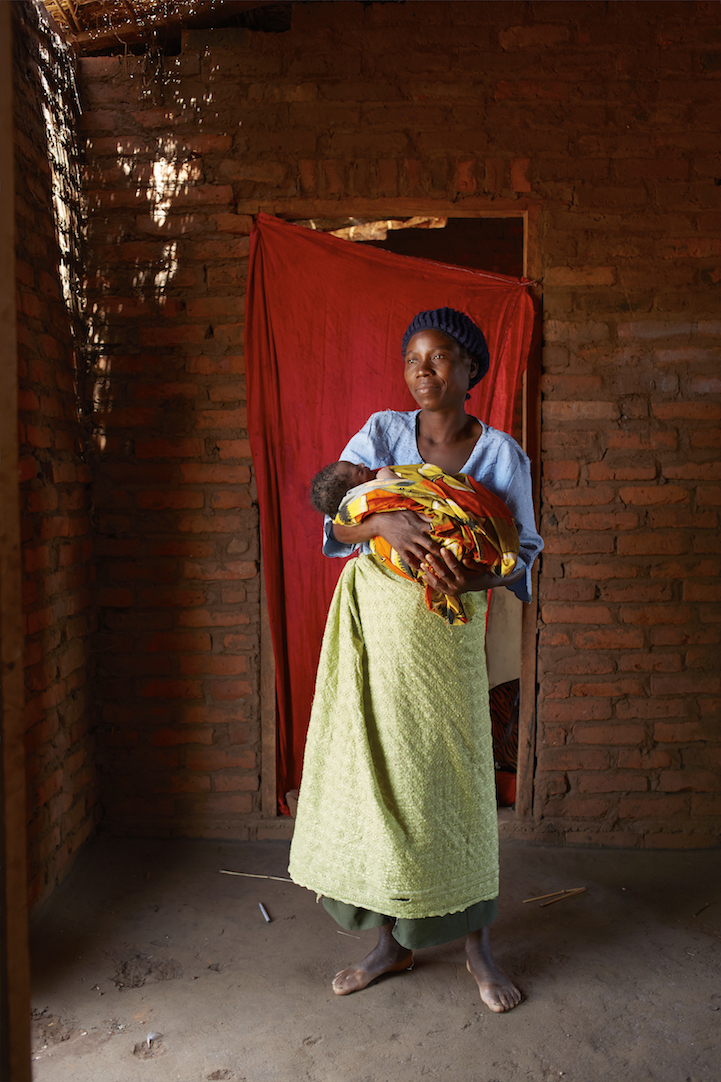
Efrida Phiri with her baby boy. Photo credit: WaterAid / Jenny Lewis.
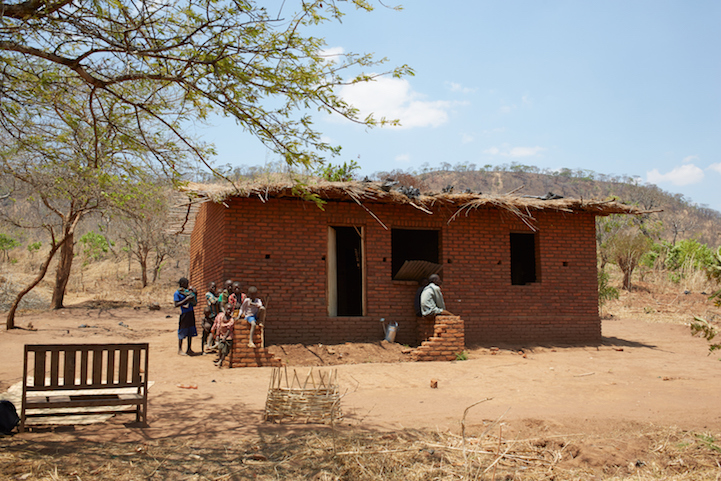
Efrida Phiri's home. Photo credit: WaterAid / Jenny Lewis.
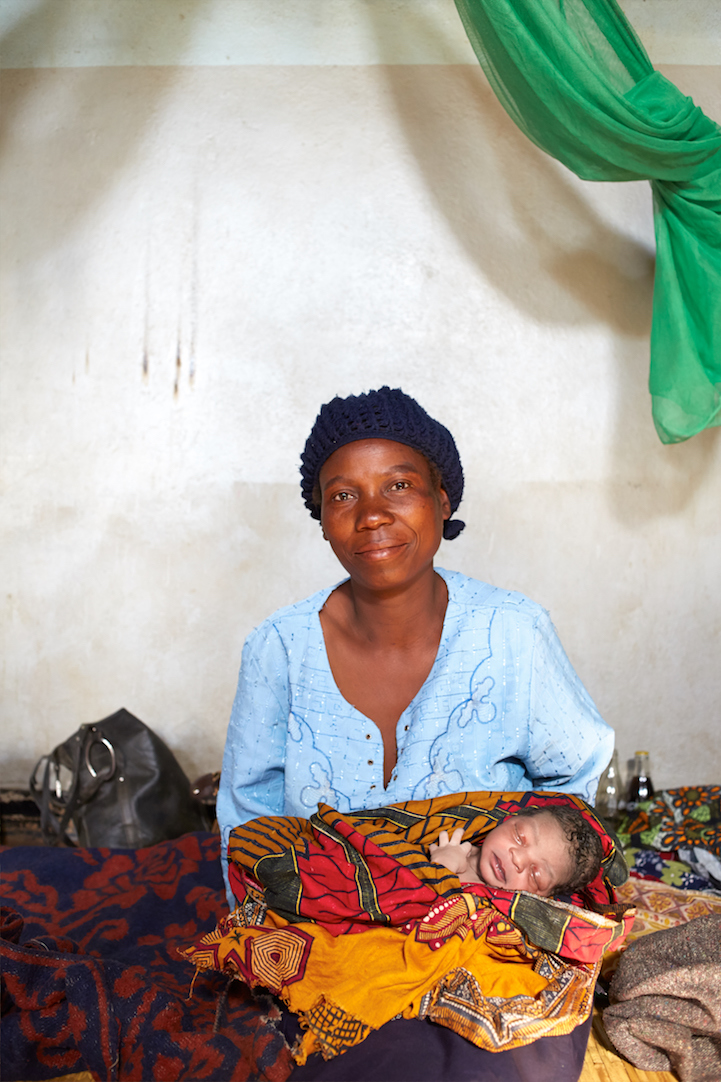
Efrida Phiri with her baby boy, who's only 20 minutes old. Photo credit: WaterAid / Jenny Lewis.
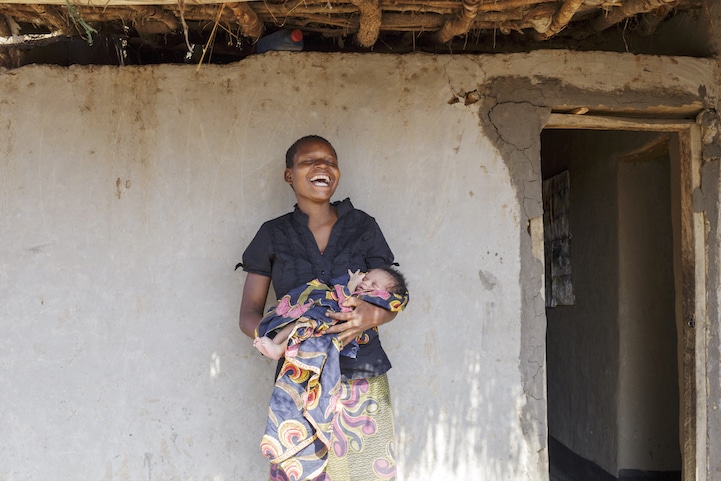
Liviness Banda with her baby boy. Photo credit: WaterAid / Jenny Lewis.
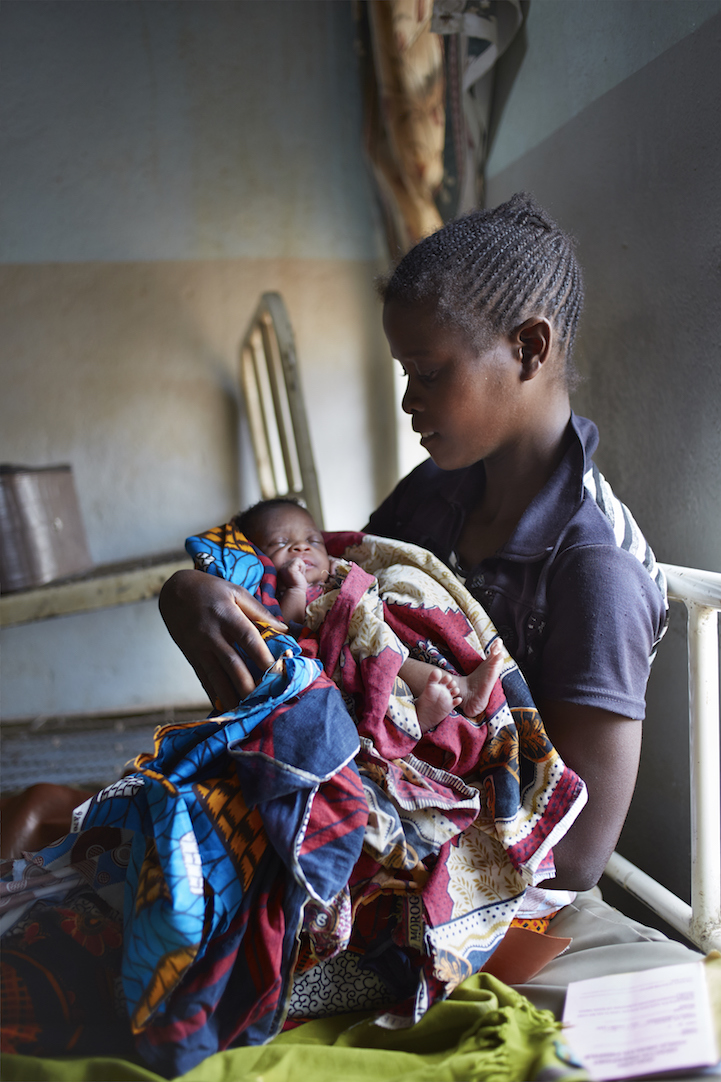
Joyce Sibande with her baby girl at Simulemba Health Centre. Photo credit: WaterAid / Jenny Lewis.

Esnart Kanyinji (35), Ethel Matonga (50), Miriam Mvula (24). Photo credit: WaterAid / Jenny Lewis.

Simulemba Health Centre–bathrooms. Photo credit: WaterAid / Jenny Lewis.
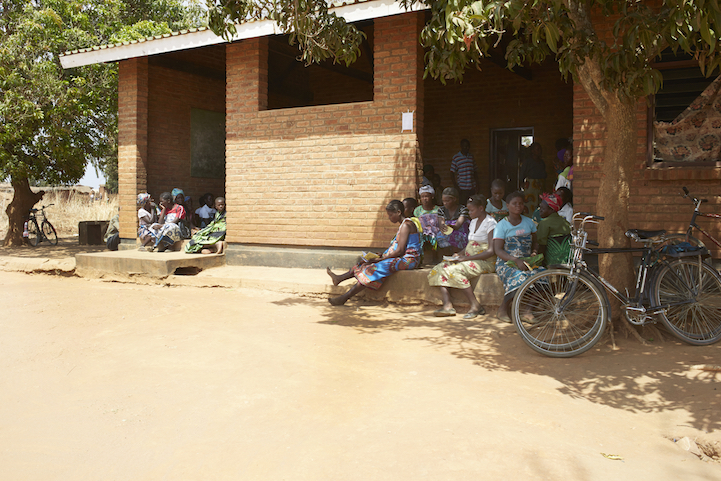
Simulemba Health Centre–maternity ward. Photo credit: WaterAid / Jenny Lewis.
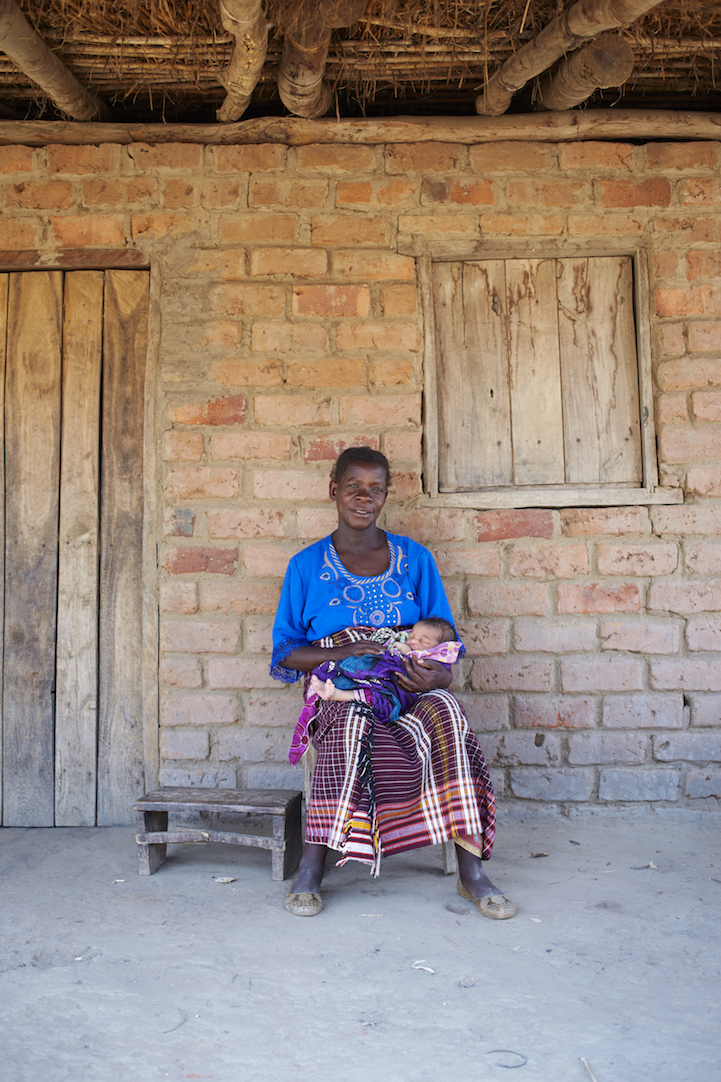
Justina Chirwa with baby Jonathan. Photo credit: WaterAid / Jenny Lewis.
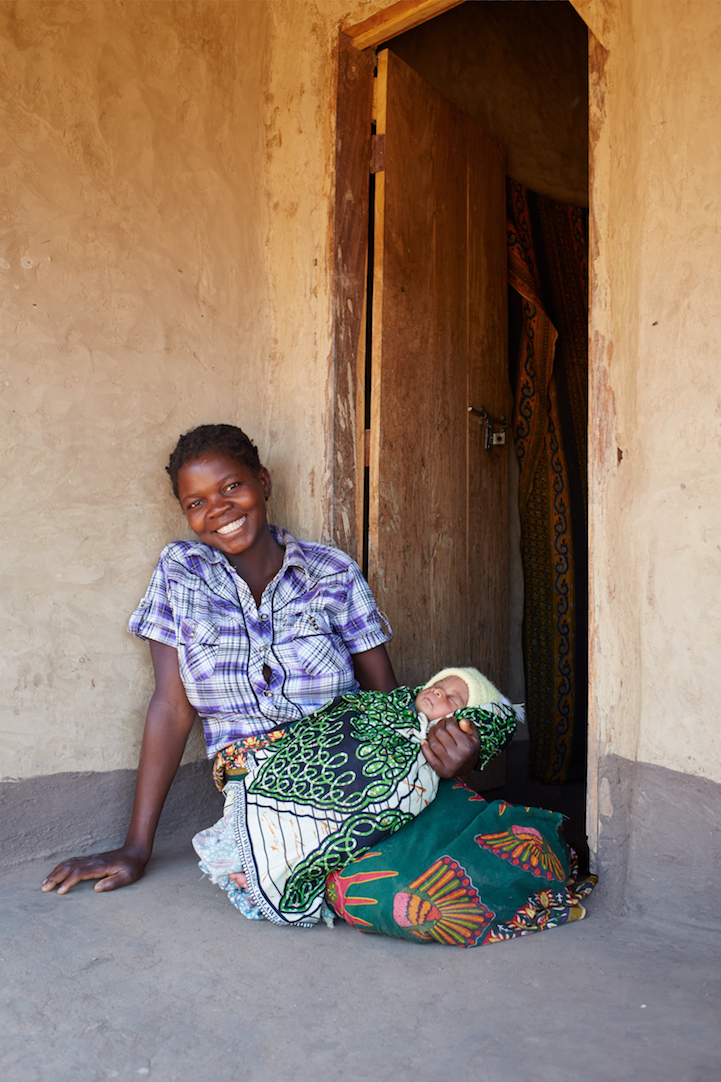
Alinafe Phiri and baby Boyson. Photo credit: WaterAid / Jenny Lewis.

Madalitso Chirwa and baby Linda. Photo credit: WaterAid / Jenny Lewis.
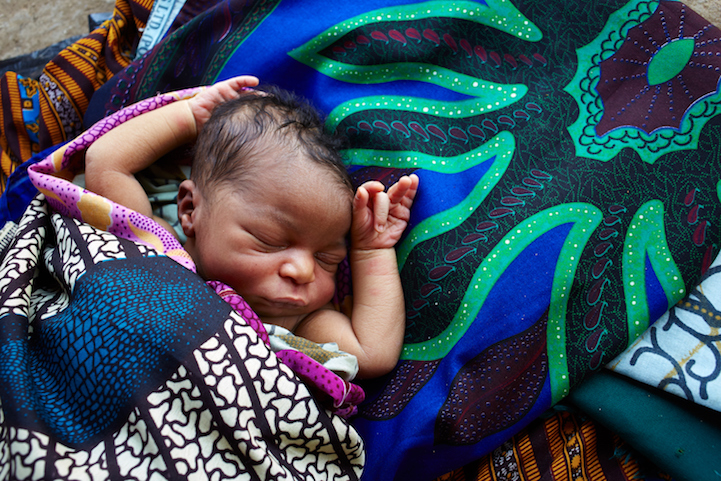
Justina Chirwa's baby Jonathan. Photo credit: WaterAid / Jenny Lewis.
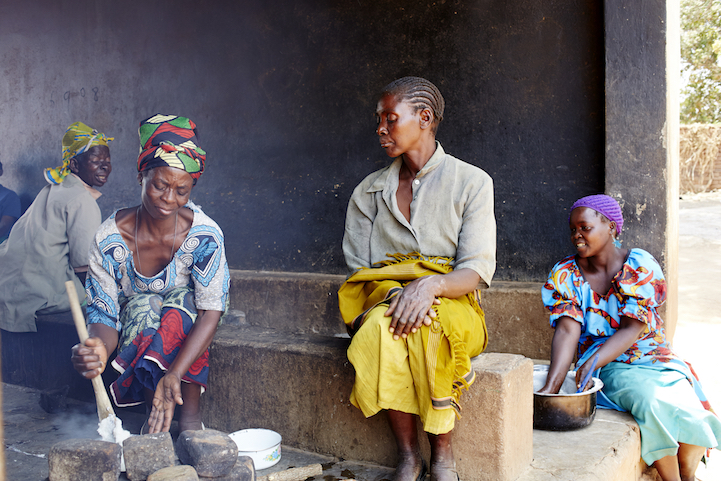
Liness Tembo, Monica Nkhoma, and Christina Phiri at the Simulemba Health Centre. Photo credit: WaterAid / Jenny Lewis.
Check out this documentary explaining One Day Young‘s journey from Hackney to Malawi:
My Modern Met: What inspired you to create the One Day Young project?
Jenny Lewis: To be honest, it was frustration that spurred me on to create these pictures. To tell a story I didn't feel was being told–which was in fact my own story. I approached my first birth with negative stories in my head of fear, pain, and difficulty, but what I felt was immense joy, empowerment, and pride in myself and my body, which I had never felt before. Surprisingly, I was completely calm. To be back in my own home within 24 hours of my birth and still be myself, but a greater self, made me feel triumphant.
I wanted to share this emotion and dialogue with other women, to give support by sharing this side of the story, to tell them that you will be okay. To capture other women's stories and create a visual mantra, I felt the series would be able to empower and give confidence, diluting or at least balancing the other stories and negative voices they may have absorbed. I also wanted this moment to be something that is celebrated, rather than invisible in art and photography and not just a domestic scene to be saved in a family album.
I wanted the authentic image of strong women seen on the walls of a gallery–this honest representation of the mother, the day after birth–and absorbed into general consciousness, with still bulging bellies and raw natural beauty. A true celebration of the normal.
MMM: What similarities and differences did you notice between your Hackney and Malawi experiences?
JL: Of course the challenges for women in Malawi are far greater. It is hard to compare the physical experience, let alone mental. These women walk for hours to get to a health centre that really can't offer anything apart from two very overworked midwives. There was no water at the health centre–everything would have to be carried from a pump by the pregnant woman or her guardian in a bucket, so that is the water they wash in, drink, and cook with. The water to be used at the birth–which is what was available from the pump– was not clean, but just pumped unsanitized from a hole.
The women face risks of infection at the hospital as the rooms cannot be cleaned with no water or staff available to do it. There are only two delivery beds, so everyone sleeps on the floor together (but the women sleep on the floor at home, so this is not out of their daily experience. But of course the floors back at home are cleaner as they don't have 400 women passing through them). When Alinafe and Liviness told me they thought they were going to die in childbirth, this was not a distant fear. It is something that is a real possibility. If something goes wrong, there are no trained doctors on site, no ambulance to take the women to the hospital that's an hour-and-a-half away, and they will have known women close to them who will have died or their baby died in childbirth. Women often stay at the health centre in guardian sheds, sleeping on the floor waiting for their labor to start for weeks as the walk from their own home is so far. They are away from their other children and family for a long stretch of time, which is something I would've found hard and not something we have to think about in the west.
So the differences in the situations are so vast it's almost unimaginable to try and compare. With that being said, all the fears, physical challenges, emotions, and body language felt exactly the same. I was greeted again into stranger's homes with warm smiles. I could see the women's body language change when they reached their own home, flooded with relief that they had made the journey into motherhood and survived. Proud of themselves and their babies and eager to show them off. It felt very relaxed to sit on the front step of someone's house and have a discussion about their daily lives, the struggles to collect water, fears and hopes for the future. As in the original project, there were waves of absolute joy, incredible calm and dignity, an openness of emotions, and wonder at what they had created.
MMM: Are there any specific moments that stand out from your Malawi trip?
JL: Honestly, the days are a blur and every moment was pretty incredible–such an eye-opener from anything I had previously experienced.
On the first day, we picked up Judith from outside the Kasungu hospital, which is where she was walking three hours back home with her twins. She'd had a caesarean three days earlier. She had not known she was having twins, but had been sent to the health centre as they thought her baby was breach. If this had not been spotted as a difficult birth, she could've been at real risk at the local health centre, which doesn't have the means or trained staff to deal with any birth complications.
Later, I met Catherine who had walked for 13 hours to get to the health centre a week before her due date, and would have to complete that journey on foot the day after her baby was born. Meeting Justina was another moment that will stick with me. She has to do a six-hour round-trip to collect water every day for her family–even the day before she gave birth and she has no help to do this.
Then, there's the wonderful Efrida who I photographed in labor, with her baby at twenty minutes old, and then back at home with her wonderfully supportive family. This woman exuded serenity and calm, and of course the baby looked utterly perfect swaddled up in a beautifully patterned orange wrap. As we were talking at her house, she was the most relaxed mother and was proud to show off her family. It was wonderful to witness this close family team. Her daughter then brought round a bucket of water she'd just been sent to collect and my heart sank. This women who looked so strong and capable would have to bathe her newborn in this filthy water, putting at risk the life she so clearly wanted to protect. This is what the family cooked with and drank, sometimes boiled, but not always as that is another job of collecting firewood and cooking the water. The reality of the risks the whole family had to face on a daily basis deeply saddened me and made her courage even more extraordinary.
I still worry about all the women I met and wonder how they are getting on a month later. They all looked so strong and capable, so it's easy to forget that they have no choices and are in fact extremely vulnerable.
MMM: How did you end up collaborating with WaterAid? What was it like working with this charity?
JL: I had been thinking for a while that it would be interesting to investigate this moment: One Day Young for different women in varying cultures, to compare with the 150 studies I'd captured back in London. It was at this point that WaterAid got in contact and asked me to do a series for them in Malawi, in exactly the same way as the One Day Young London project. To shoot women back in their homes within the 24 hours since the birth.
It was a great privilege to use the series as a tool to highlight the problems of maternal health in a community with no clean water or sanitation–not just to empower other women, but to make changes and give these women a platform for their voices to be heard. The charity was wonderful to set this up. It took months to get clearance from the hospital, the health authorities, village chiefs, etc. The One Day Young book was sent to all these officials and midwives and we took it with us on the shoots to explain to all the women what they were being part of. This is a series about empowering other women, not a series that would be showing them as victims of their situation.
By agreeing to be part of the project, their image and their story would be seen around the world in various media. They would be pivotal in helping other women in communities around the world get the changes they need. The campaign is bringing clean water to 130,000 mothers around the world. The photography is just a tool, the by-product of our conversations and record of their great achievement. They are the warriors who are triumphant and it is these women who will make the campaign a success. How could you not want to help their situation?
MMM: Did you face any obstacles when photographing One Day Young Malawi?
JL: The charity did such a great job producing the shoot, so we really didn't face any obstacles. I had a driver (Mary, the first female driver for WaterAid worldwide), a producer and translator from Malawi, and a producer from the UK–so this team was helping to explain what we were doing so the women were on board from the start. They could gather all the stories from the women about what their lives were like, the birth, the health centre, what the future has in store, speaking to elders in the village and other family members.
While walking to water points to understand the distances and the quality of the water, I had imagined collecting water as a fairly social task. Women washing clothes together by a river is a ridiculously naive view, I now realize. Collecting water is a grueling, relentless job: walking for miles to dig with your bare hands to scoop muddy water from a puddle. No one we visited had access to clean water. I also realized it was very much a women's issue as only women and girls collect water for the whole family. This of course impacts the possibility of girls going to school and progressing. They can only go once the jobs at home are done. They are also at risk at the water hole, walking there on their own, often at night when the water table is higher.
I knew that what I was going to see and hear would be tough, but it was far tougher than I had imagined. Our only real obstacle was getting to the women's houses by car, as they were often miles away and sometimes in such remote areas in the mountains where there was no road access at all.
MMM: Did the Malawi mothers and their children inspire you in any way? How so?
JL: They inspire me in so many ways, all the time. I have an edit of the prints on my office wall and I find just looking at their faces makes me make the most out of the opportunities available to me. Their courage to be themselves, to laugh and find joy in their children and their friends and families; the support of the guardians who go to the health centre and cook and collect water for the women; and the sense of community will always stay with me and inform how I would like to be. In fact, since I got back, almost all decisions seem to run by this time in Malawi, to put focus on what is important and push the superficial stuff to one side. We have so much and are so spoiled with choices it is hard to imagine life when even the most basic of choices is not within reach.
MMM: What do you want viewers to take away from this project?
JL: We can often live in a bubble with our own problems, but this trip has certainly put my priorities in perspective. The women overcome the challenges of birth and the huge risks they face with courage and dignity, and all they want for their children is to protect them. The babies start so perfect on Day 1, but are immediately at risk from the dirty floor, the wraps that can't be washed, and infections. The future looks pretty bleak if the water source is far from home and not clean after all the effort to get it. Water is just the first step, but it can make a huge difference to a community.
It will be amazing to see the statistics for this health centre dramatically change when a water pipe is installed there in April 2016. To support women and make them feel that they're in a safe environment to give birth is surely what they deserve.
Jenny Lewis: Website | Twitter
WaterAid: Website | Facebook | Deliver Life
My Modern Met granted permission to use photos by WaterAid / Jenny Lewis.
WaterAid's Deliver Life appeal aims to reach 130,000 mothers and their families around the world with safe water. Every 1 donated to the appeal until February 10th will be doubled by the UK Government–meaning it can help twice as many mothers and babies stay safe and well. For more, visit www.deliverlife.wateraid.org











































































